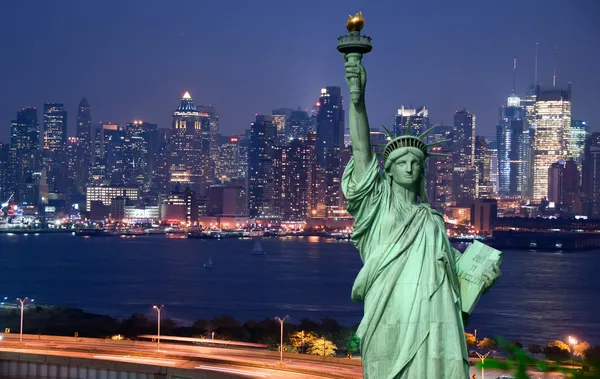
Suppose the land of opportunity was accompanied by a few surprises. The American Dream has long been described in over-the-top terms big houses, thriving careers, and unbridled freedom. But beyond the shining postcard is a more complex reality, one that affords undeniable perks alongside surprises new-comers will find unwelcome.
From its vast natural beauty to its controversy-shrouded healthcare system, the United States offers a way of life that’s as diverse as its 50 states. For those contemplating the move, it is important to hear both sides of the story. It’s not about popping the bubble it’s about seeing the whole picture so you can make it your own.
Here’s a closer examination of the most startling aspects of life in America today backed by new data, expert commentary, and real-world experience by the millions.

1. A Healthy Economy With International Influence
The American economy remains among the world’s strongest. GDP grew in the first half of 2024 at an annual rate of 1.4%, inflation cooled from pandemic highs, and unemployment declined slightly. The US dollar is still the world’s reserve currency, conferring disproportionate influence on it in global trade. The professionals make this equate to enjoying prosperous opportunities in every field money and technology via arts and entertainment. A strong currency is double edged for immigrants who arrive with money in soft currencies, since startups could be costly in the beginning until one begins earning USD.

2. Healthcare Excellence at a Price
The US has top‑notch medical research and highly rated hospitals, but it doesn’t come cheap. Americans collectively spent an estimated $12,742 per capita on healthcare in 2022 the highest among rich nations. Usage, and not prices, isn’t to blame. Administrative expenses alone total more than $1,000 per capita. Even with employer‑sponsored coverage to soften the blow, the uninsured pay premiums of approximately $500 per month, and underinsurance remains widespread. The result? World-class care is available, but expense is the biggest barrier.
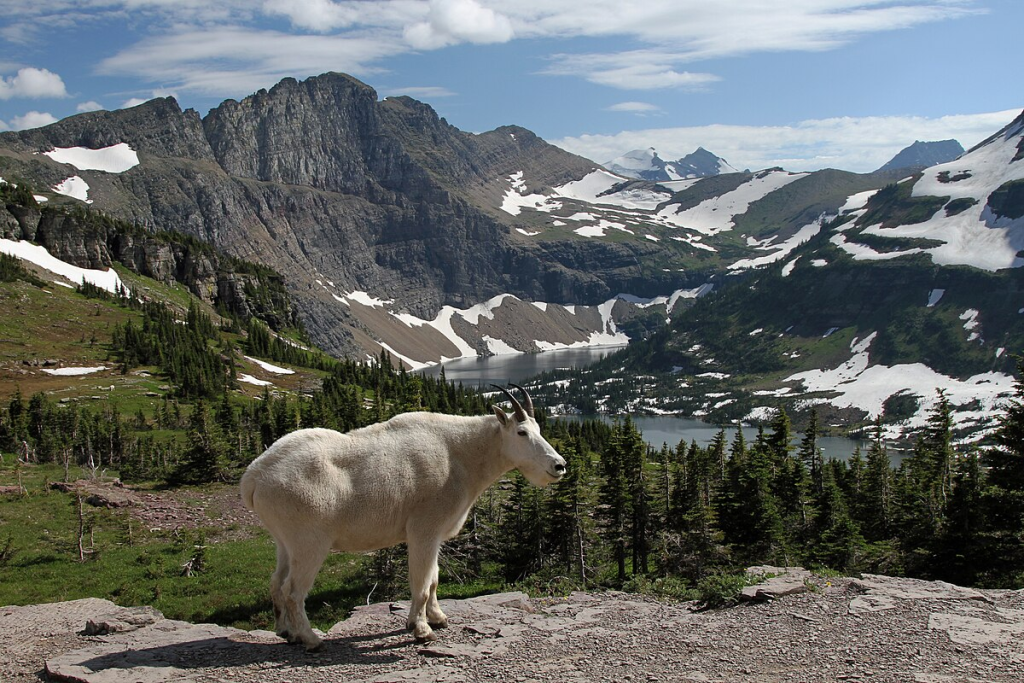
3. Highly Developed and Varied Natural Scenery
From Colorado’s snow-capped mountains to Florida’s sun-kissed beaches, the US has some of the world’s most diverse landscapes. Massachusetts and Washington are particularly high in natural beauty, and national parks like the Grand Canyon and Glacier attract millions of visitors annually. Such diversity translates to the ability to pick a climate and landscape that suits your lifestyle be it surfing, skiing, or hiking all year round.
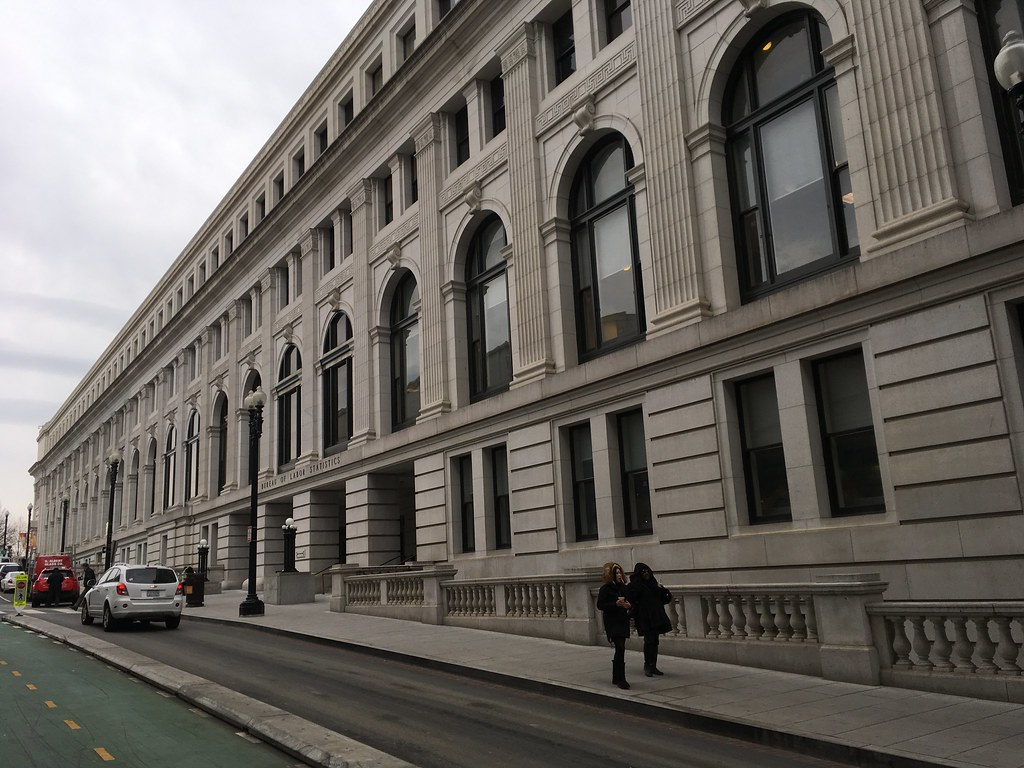
4. Paid Time Off Is Not a Sure Thing
Unlike most of the developed world, the US does not have a federal paid vacation, sick leave, or parental leave mandate. 28 million Americans get no paid vacation at all, and only 17% of companies offer paid parental leave typically on partial pay, according to the Bureau of Labor Statistics. As research shows, this lack falls hardest on low-income and part-time workers, meaning many must decide between paychecks and convalescence time. Some states have supplemented this lack with their own paid leave programs, but coverage varies from state to state.

5. Gun Violence Is Still a Harsh Reality
While 2024 saw a 12% drop in gun deaths from the previous year, the US still experiences vastly higher rates of firearm-related homicide than other wealthy nations.
499 mass shootings took place in 2024, a 24% drop from 2023, yet tens of thousands of lives are affected yearly. Policy issues remain very partisan and safety levels vary widely by state and city, so place choice is a critical issue for migrants.
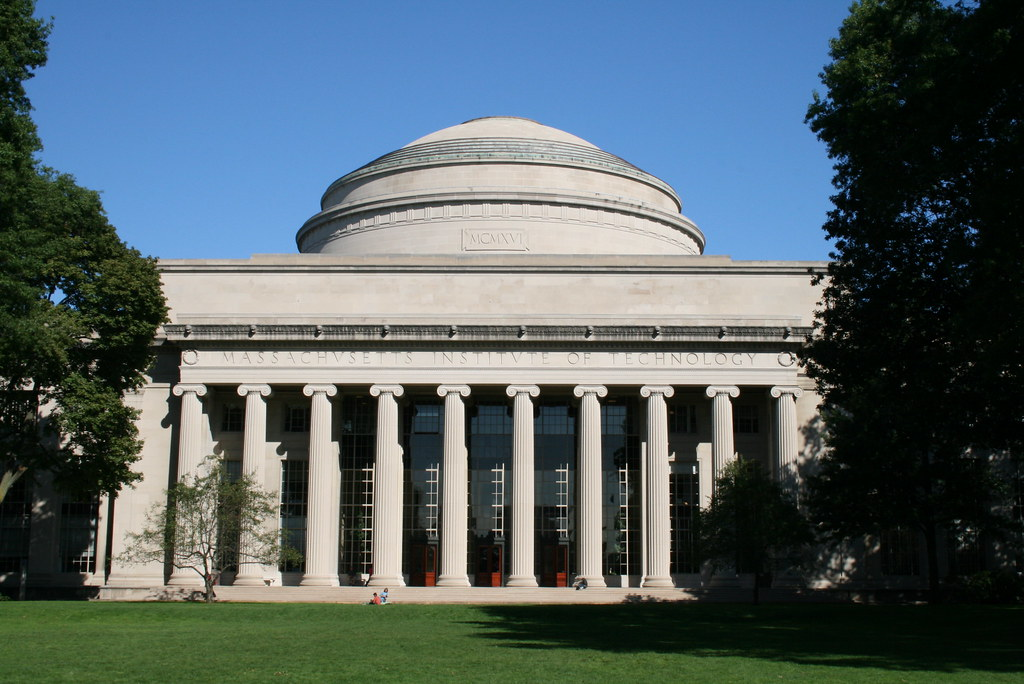
6. Education: Elite but Expensive
America also boasts world-renowned universities like Harvard and MIT, which have students from all over the globe. But they are costly public colleges charged undergrads an average of $9,596 in 2022‑23, and private colleges much more. Most graduates end their working careers burdened by debt, with balances averaging from $30,000 to $40,000. Advance planning for education costs is essential for families.
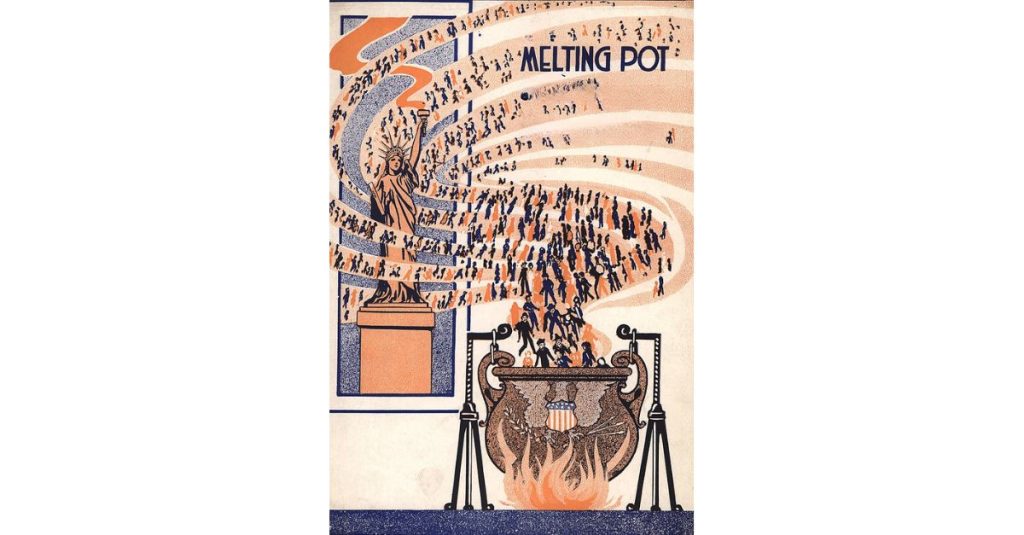
7. Cultural Diversity and the ‘Melting Pot’
With over 47 million foreign-born inhabitants in 2023, the US is one of the world’s most culturally diverse countries. Its diversity dictates its cuisine, music, and urban landscape, offering a rich mixture of experience. Yet, as historians note, the ‘melting pot’ concept has not always equated to equality systemic inequalities still exist for certain racial and ethnic groups. Still, to many, this cultural mixture is a defining and enriching part of American life.
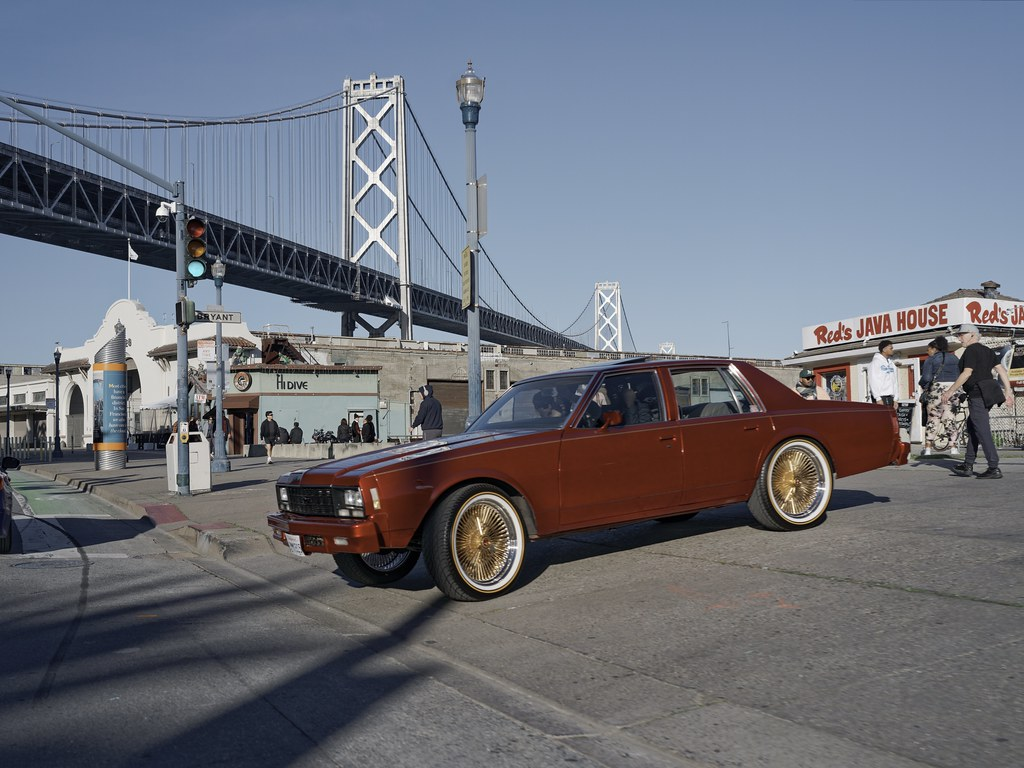
8. Car Culture and Patchy Transit
Automobiles are a lifestyle in much of America. Americans drive an average of 16,000 miles annually and 45% of Americans have no public transit access. New York City and Washington, D.C., have robust systems, but most others fall behind worldwide peers. Car culture can mean more costly transport average $12,295 annually but also to travel long distances.
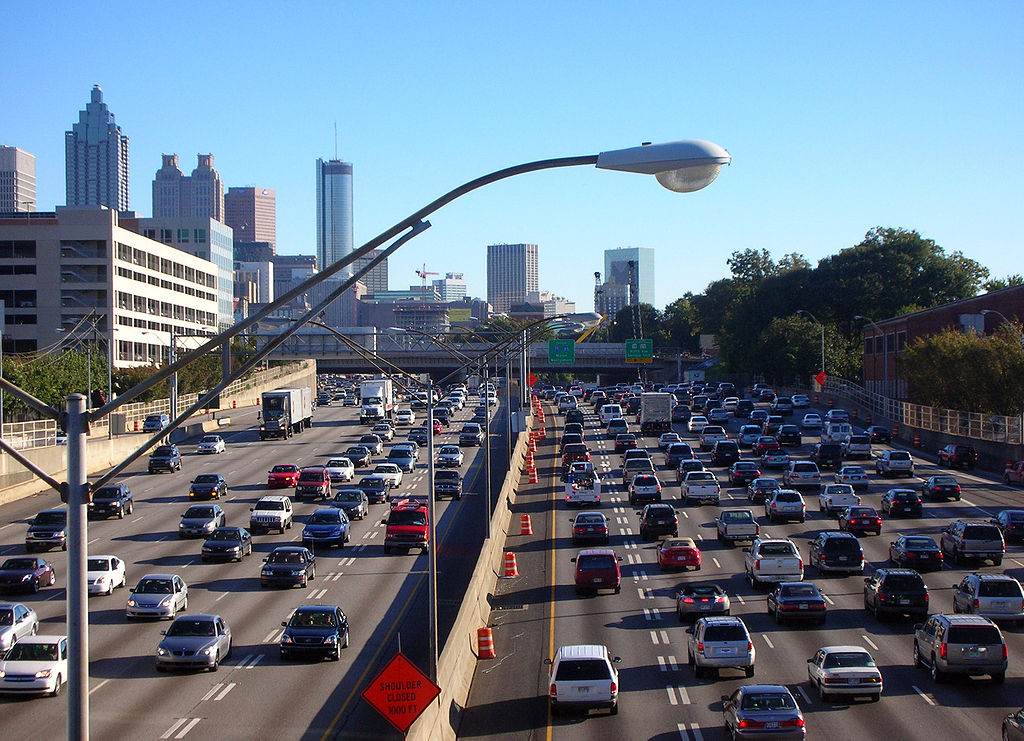
9. Environmental Issues and Climate Effect
America is the world’s second-largest emitter of greenhouse gases, with transportation and electricity generation following as top contributors. Cumulative emissions of 6,343 million CO₂ equivalent were achieved in 2022, and this is a paltry 3% less than 1990 levels. Rapid renewable energy targets are being encouraged by some states but the benefits are spotty. For eco-conscientious movers, looking for local sustainability efforts can make lifestyle matching possible.
Life in America is a study in contrasts where opportunity and ingenuity meet complexity and compromise. For you, the decision, the secret is to harmonize personal values with the way things are on the ground. By weighing the positives against the negatives, you can build your own version of the American Dream one that’s made smart, made deliberate, and made yours alone.


